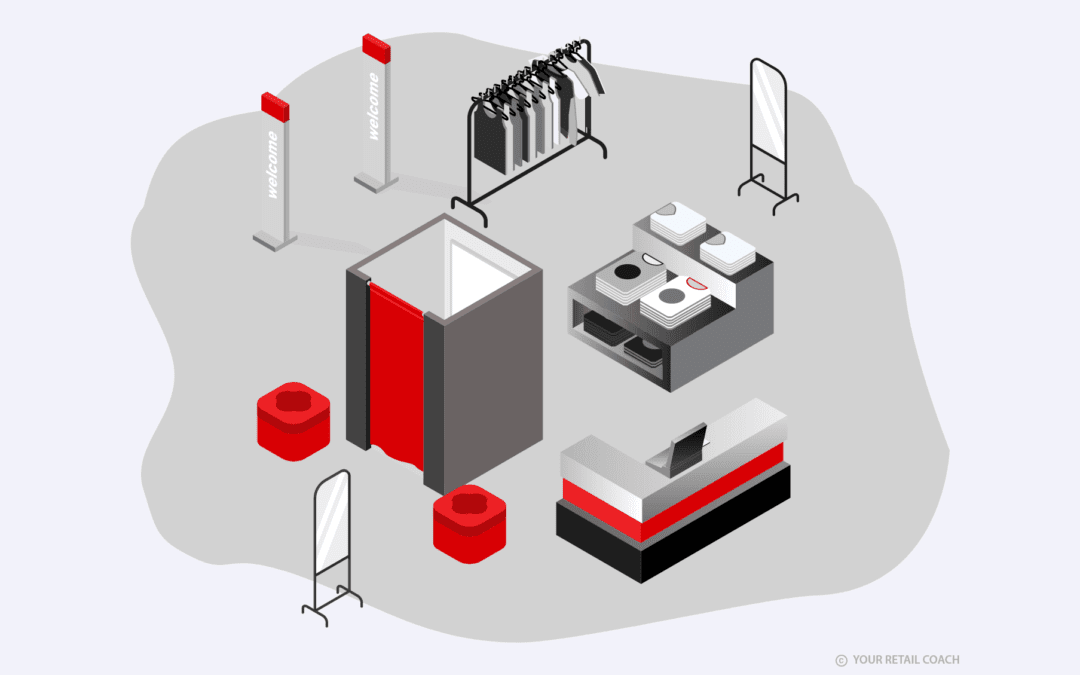“Freedom without rules does not work. And communities do not work unless they are regulated.”
Judith Martin, American journalist
Recent studies have confirmed what Miss Manners columnist Judith Martin actually knew all along: Standard Operating Procedures or SOPs hold the key to retail success, guaranteeing regulatory, environmental and safety compliance, quality systems and processes in place.
While no amount of good marketing can sell a bad product, knowing how to display your products and services to their best advantage is all about having established systems and processes in place.
Business Model Evaluation
The most well-known retail models have gone beyond the traditional retailer. The traditional retail model focuses on profits through products and services to buyers directly at markupsat a specific cost. While traditional retail business models translate seamlessly digital environments, the bricks-and-mortar model is different from e-commerce retail in many ways.
Infrastructure, utility, real estate and staff overhead all undergo a paradigmatic shift depending on the retail model selected. Retailers no longer can wait for customers to decide to buy a product.
Value chains are taking on new avatars and brands need to manage different routes to market. Opting for a consultation with an expert can boost your business prospects. For business model evaluations, hiring specialists with expertise and experience in the field can net your business profits, ROI, revenue and growth.
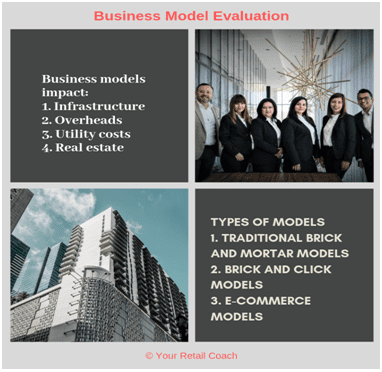
SOPs
This is where an SOP comes in. If you are approached by customers, your store needs to have a standard set of written rules regarding how to interact with the potential client. Written, step-by-step instructions describing how to perform routine retail activities is essential.
Consider whether a doctor should perform surgery without procedures in place or whether a pilot should fly a plane without systems and rules and you’ll understand why retailers need SOPs in place. SOPs save money, effort and time.
They further ensure consistency, regardless of resignations, retrenchments or retirements.
Perhaps one of the greatest misconceptions about SOPs is that they cause retail units to become inflexible and rigid.
To understand why systems need to be in place to make businesses flexible, research from Harvard Business Review in 2013 shows us the way:
Conclusive research establishes standard operating procedures are not a straitjacket that limits flexibility. In an increasingly complex world, with so many steps and decisions, correct use of SOPs can liberate making it easier to “tailor customer experiences at low cost.”
For starting a successful retail business, the right SOP is as important as choosing a business model that is the best fit.
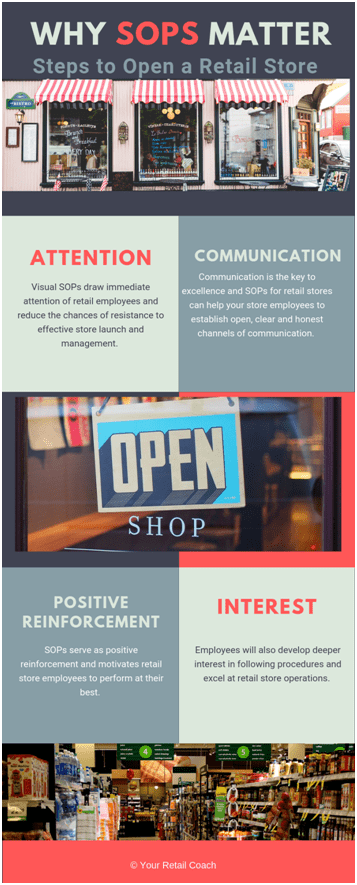
Store Layout & Infra Setup
Just as each store customer is unique, the store layout associated with each industry or brand is distinctive. SOPs for store layout and merchandising consider the semantics involved before laying out the rules and guidelines. Which items need the most playing rules? Are your products positioned to register for impulse purchases? These are the questions that need to be asked.
So, for building the perfect retail store, merchandising and layout SOPs should decide how products are visually displayed, too. Your SOP should answer questions such as how items are displayed and what fixtures can be used, depending on the business model your retail outlet is following.
SOPs also decide the size and imagery used in advertising signage. Location matters and, for this purpose, your SOP considers location costs and sales projections on the basis of where you are positioned. Display layouts are another area where SOPs play a crucial role.
Changes in store layout, digitally or physically, impact what customers see and what kind of purchases they make. Avoiding clutter and organizing products is not the only reason store infrastructure and layout SOPs play a critical role in setting up your retail business.
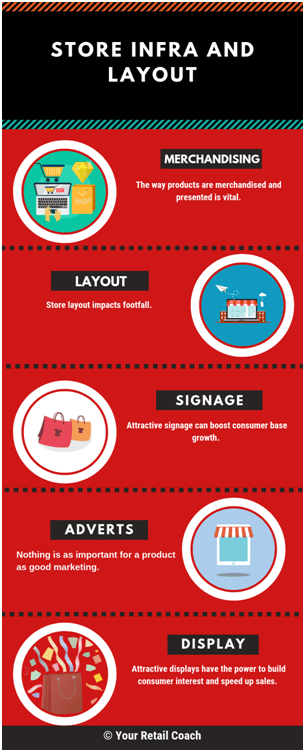
Staff Recruitment
It’s not just processes, but people that matter for the successful operation of your retail business.
Staff recruitment SOPs that are well drafted serve to delineate staffing requirements and augmenting manpower effectively. For any retail store prior to the launch, manpower and the right team are a real asset.
Methods of advertising the job, job duties, job descriptions, roles and requirements as well as screening and training are clearer, with SOPs in place. After all, the only way individuals can deliver on customer experience is by hiring the right talent.
So, standardize everything from hiring to the management of transfer, resignation, employee benefits, time scheduling, training requirements, employee performance, and optimal compensation structures. A well-formulated SOP yields ample benefits for hiring the top talent at retail stores and enables your business to score on employee productivity and profit margins.
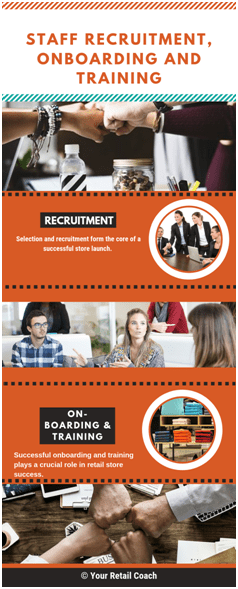
Staff On-Boarding & training
On-boarding and training are just as important as hiring the right person. R Once the SOPs are in place and the staff has been recruited, training team members based on SOP procedures serves to highlight how to showcase products to their best advantage and give your business a winning edge. HR policies, induction procedures, grooming standards, training, sales incentives, and an appraisal are central to effective onboarding and training.
Marketing Plan: Launch & Ongoing
The biggest myth perpetuated in the marketing of retail products is “if you build it, they will come.” For broadening your reach and spreading the word, a retail marketing plan is simply invaluable in delineating sales and promotion strategies and branding and advertising. If customers don’t match target market characteristics, business models will fail. For example, if you are a large discount store, you need to widen your reach to make adequate profits. For a startup, targeting niche audiences that need specialized products or services is essential.
Visualization of marketing plans is essential to reaching target audiences, effectively. Your retail store will need a marketing plan in place prior to the launch for reaching the right customers at the correct time, in precisely the right way.
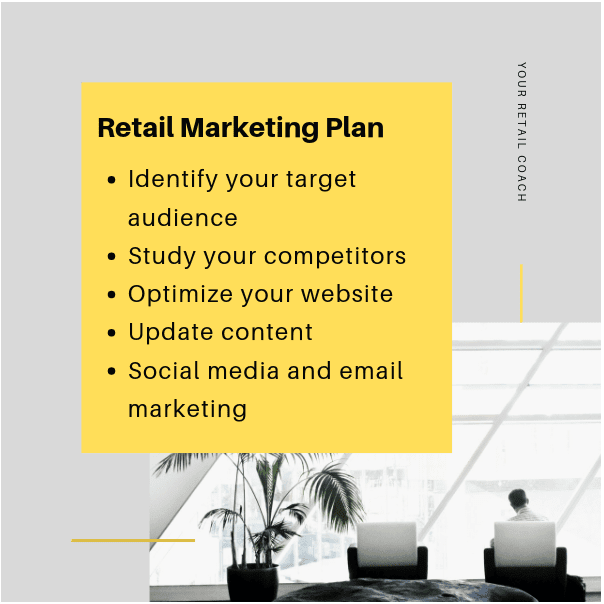
Ongoing Audits & Training
Last, but not least are the audits and training. This ranges across store appearance, staff, stock audit policies, storage, customer service, loss prevention and maintenance and housekeeping policies. Before opening the retail store, auditing systems and processes need to be in place, so the launch is executed flawlessly.
Further, audits ensure there is no variance or disparity in the SOPs being implemented. Auditing and training play a central role in evaluating the store, employees and store processes. Employee adherence to company standards, protocols, quality control measures, safety and secure plus emergency procedures and demonstrated product knowledge matter, too.
But to carry out the audit effectively, planning, strategizing and execution are mission-critical. Store audits focus on sales volume, stock levels, condition of products, assessment of in-store and visual merchandising displays, therefore.
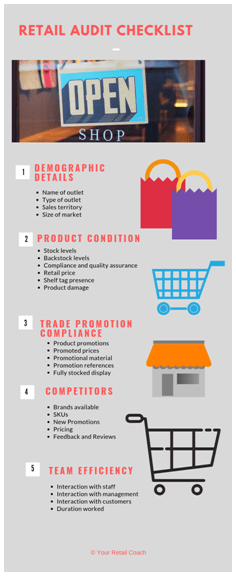
All these steps carried out while setting up a retail store must be implemented at the right time for quality assurance and compliance with industry best practices. Put simply, these are tasks which must be carried out in the correct sequence. The store layout, recruitment, onboarding, training, and audits can only be effective once SOPs are in place.
The activities outlined for opening the retail store must follow this hierarchical sequence for success. One of the biggest concerns for retail store launch is adherence to the deadlines. Following these steps while setting up a retail store is crucial to meeting the timeline for the store launch. With training and continuous refinement, in line with the SOPs, employees deliver quality service that exceeds customer expectations.
It’s not products which sell, but people who make the purchase ultimately. So understanding the value of anticipating customer needs and organizing staff and company resources to meet this will help your retail business to thrive, not merely survive!
YRC Related Articles: How to Write SOPs for Marketing?, 6 Ways To Grow Your Business, How to Start a Retail Business in India, Business Expansion Plan for Small Entrepreneurs, Six Steps to Writing a Great SOP for Retail, How to write SOPs for an Apparel Brand?, How to Develop SOPs for Quick Service Restaurant?, How to write SOPs for Furniture Showroom
Get Advice for Setup Retail Store
Author Bio

Rupal Agarwal
Chief Strategy Officer


